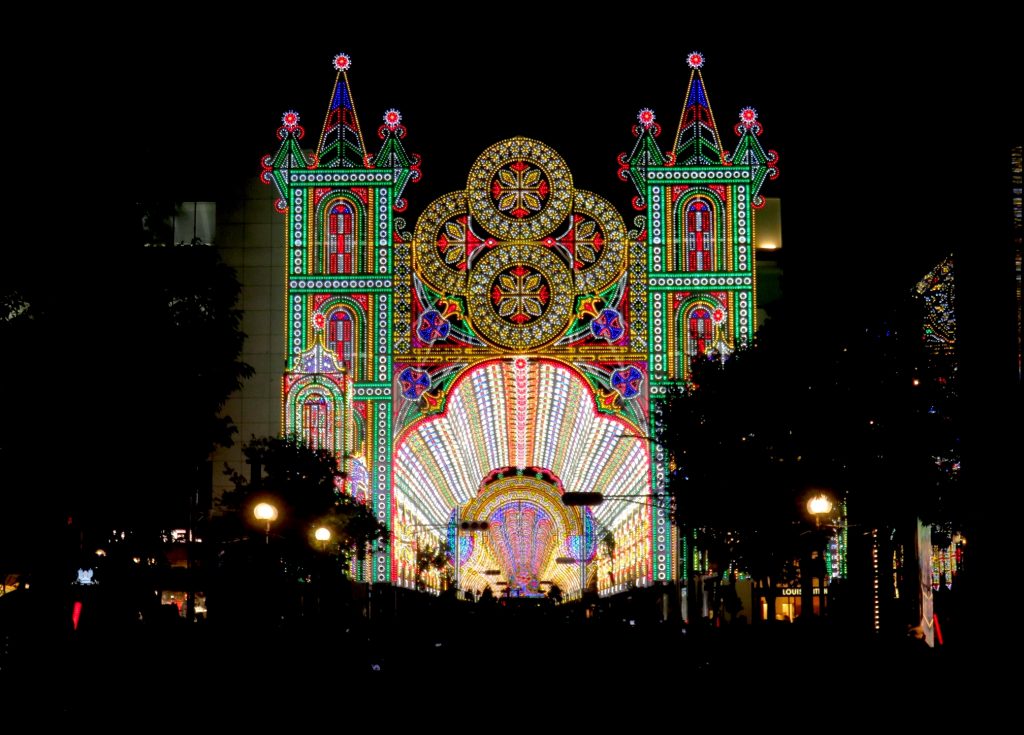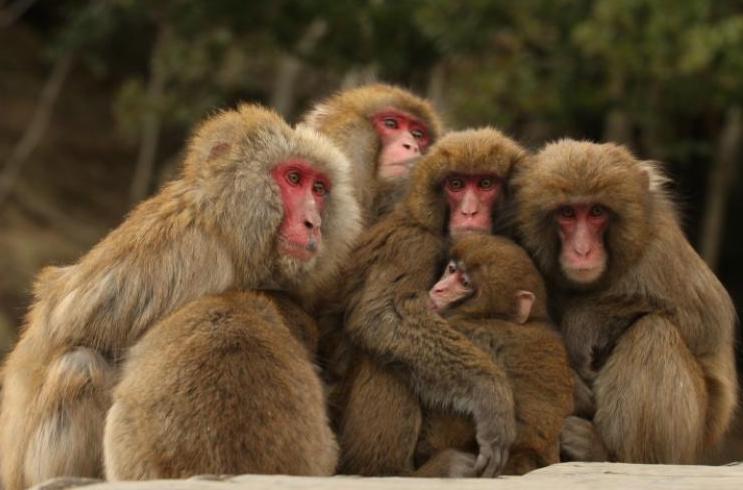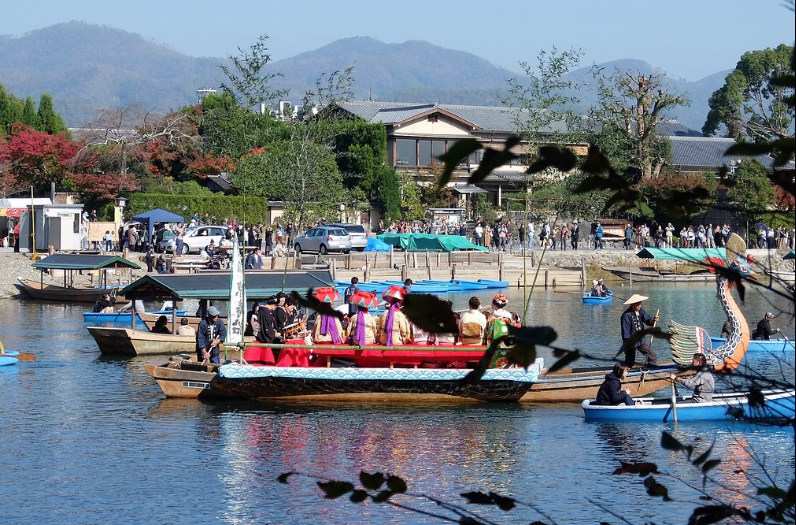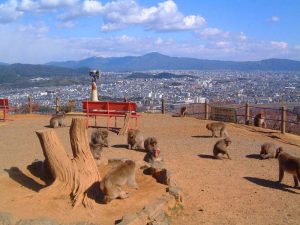
On January 17, 1995 Japan suffered a devastating 6.9 earthquake, which killed over 6,400 people. It was Japan's worst earthquake in over 80 years. The vast majority of casualties and damage occurred in Kobe, situated only 20 kilometers (12.4 miles) from the epicenter.
I was in Los Angeles at the time and remember hearing about it, but it was off somewhere to the side on a secondary radar screen. Since news of tragedies across the globe pour in constantly now, one becomes more and more desensitized as time goes on. There's always something somewhere going on. The further away the incident, the more likely it is to be ignored and dismissed, with local shootings, fires, riots, celebrity and political scandals, auto crashes, and other items on the assembly line of misery and human idiocy taking center stage.
The Kobe earthquake was not some far-off and distant event for my wife. Her family is originally from Kobe and she lost two cousins that fateful morning, when at 5:46 am they were killed in their sleep, as the building they lived in collapsed and crushed them. They were 12 and 14 years old at the time of this tragic event.
Every year now, since 1995, the city of Kobe holds a commemorative event in December, intended to pay tribute to the thousands of victims, the thousands of responders, doctors, nurses, firemen, police who worked tirelessly for months afterwards, and the thousands of citizens who rebuilt the city over many years. It's called the Luminarie. Several blocks of Kobe are cordoned off and people walk through a cathedral of lights which majestically towers over them. It takes about 40 minutes and ends in a three-sided light sculpture amphitheater, where you can offer prayers and ring a memorial bell.
There are so many dazzling, interesting, spectacular festivals and celebrations going on in Japan each year, it's often overwhelming. The Luminarie is extremely beautiful but more somber than most. It was rather haunting how quiet the crowd was approaching the area where the lights were. Then, as the video below shows, things got extremely noisy.
This is the second time I've seen this astonishing display of artistic ingenuity. The video doesn't begin to do justice to what a breathtaking experience it is in person.
[ This originated at the author's personal website . . . http://jdrachel.com ]
Life In Japan: Kobe’s Luminarie



